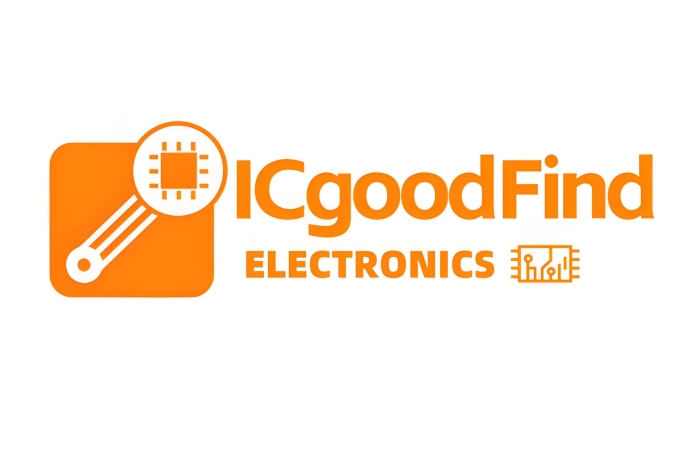**High-Speed Data Acquisition System Design Using the AD9238BSTZ-20 20-MSPS ADC**
The design of a high-speed data acquisition (DAQ) system is a critical task in numerous applications, including medical imaging, communications infrastructure, and industrial instrumentation. At the heart of such systems lies the analog-to-digital converter (ADC), whose performance dictates the overall fidelity and capability of the entire signal chain. This article explores the key design considerations and implementation strategies for a DAQ system centered on the **AD9238BSTZ-20**, a high-performance 20-MSPS, 12-bit ADC from Analog Devices.
**System Architecture Overview**
A typical high-speed DAQ system comprises several key stages: the analog front-end (AFE), the ADC itself, the clocking circuitry, the power supply, and the digital interface. The **AD9238BSTZ-20 ADC serves as the pivotal component** that bridges the analog and digital domains. Its 12-bit resolution and 20 MSPS sampling rate make it suitable for capturing signals with wide dynamic range and bandwidths up to the Nyquist frequency of 10 MHz.
**Critical Design Considerations**
1. **Analog Front-End (AFE) Design:** The performance of the ADC is only as good as the signal presented to its input. The AFE, typically consisting of a driver amplifier and an anti-aliasing filter (AAF), is paramount.
* **Driver Amplifier:** Selecting a suitable amplifier to drive the ADC's input is crucial. It must have sufficient bandwidth, low noise, and low distortion to preserve the integrity of the input signal. The amplifier must also be able to settle within the ADC's acquisition time to ensure accurate sampling.
* **Anti-Aliasing Filter (AAF):** The AAF is a **non-negotiable component to eliminate out-of-band noise** and prevent aliasing. For a 20 MSPS system, a sharp-cutoff active filter (e.g., a 4th or 5th order Butterworth or Chebyshev) is often designed to attenuate all frequencies above 10 MHz.
2. **Clock Integrity:** The sampling clock is the heartbeat of any ADC system. **Jitter in the sampling clock is a primary source of noise and degradation** in signal-to-noise ratio (SNR). A low-phase-noise crystal oscillator or a clock conditioner circuit should be used to provide a clean and stable clock source to the AD9238's CLK input. Proper termination and controlled-impedance routing of the clock signal are essential to prevent reflections.

3. **Power Supply and Decoupling:** High-speed ADCs are sensitive to noise on their power rails. The AD9238 requires multiple supply voltages (e.g., 3.3V for the analog and digital sections). Each supply pin must be **heavily decoupled with a combination of bulk capacitors (e.g., 10µF) and localized ceramic capacitors (0.1µF and 0.01µF)** placed as close as possible to the pins. Using ferrite beads in series with the supply lines can help isolate noisy digital supplies from the sensitive analog core.
4. **PCB Layout:** A well-executed printed circuit board (PCB) layout is critical for achieving the specified performance.
* **Grounding:** A unified ground plane is generally recommended for systems like this, avoiding splits that can create return path problems.
* **Component Placement:** Decoupling capacitors must be adjacent to the ADC pins. The AFE components should be kept close to the ADC input.
* **Routing:** The analog input traces and clock lines should be short, direct, and protected from noisy digital signals (especially the output data lines). Differential routing for the analog input (if used differentially) and the clock is highly advised to improve noise immunity.
5. **Digital Interface and Data Handling:** The AD9238 provides parallel CMOS or LVDS output data. For the 20 MSPS CMOS version, the **digital output data lines can have fast edges, potentially causing digital switching noise** to couple back into the analog sections. Buffering the outputs or implementing a low-voltage digital standard can mitigate this. An FPGA or a microcontroller is typically used to capture the parallel data stream, process it, and transfer it to a host computer.
**Conclusion**
Designing a robust high-speed data acquisition system with the AD9238BSTZ-20 requires a holistic approach that extends far beyond simply connecting the ADC. It demands meticulous attention to the analog front-end, clock quality, power integrity, and PCB layout. By carefully managing these factors, engineers can **fully leverage the high dynamic range and spurious-free performance** of this 12-bit ADC, ensuring the acquisition of accurate and reliable digital data from the analog world.
**ICGOO** The AD9238BSTZ-20 is a robust and capable ADC that forms the foundation of a high-performance 20 MSPS data acquisition system. Its successful implementation hinges on disciplined high-speed design practices, particularly in signal conditioning, power management, and board layout, to mitigate noise and preserve signal integrity.
**Keywords:** Data Acquisition System, AD9238BSTZ-20, Analog Front-End (AFE), Clock Jitter, PCB Layout.
